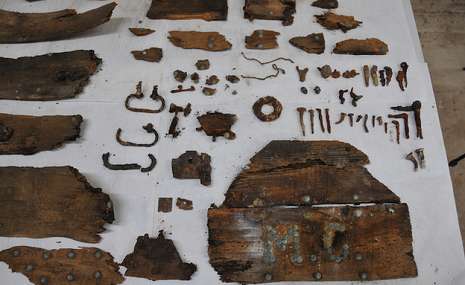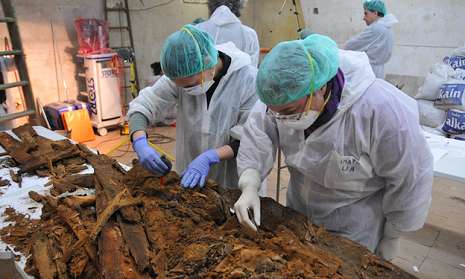Separating and identifying his badly damaged bones from the other fragments will be difficult, researchers say.
The Don Quixote author was buried in 1616 and the church was later rebuilt.
His remains were moved into the new building in the late 17th Century and the remains of the man known as Spain`s "Prince of Letters" were lost for centuries.
"His end was that of a poor man. A war veteran with his battle wounds," said Pedro Corral, head of art, sport and tourism at Madrid city council.

The team of 30 researchers used infrared cameras, 3D scanners and ground-penetrating radar to pinpoint the burial site, in a forgotten crypt beneath the building.
In January, archaeologists found a coffin lid with the initials MC within the first of 33 niches found behind a wall.
The niche contained a number of adult bones matching the group of people with whom Cervantes had been buried before their tombs were disturbed and moved into the crypt.
"The remains are in a bad state of conservation and do not allow us to do an individual identification of Miguel de Cervantes," said forensic scientist Almudena Garcia Rubio.
"But we are sure what the historical sources say is the burial of Miguel de Cervantes and the other people buried with him is what we have found."

More about:
















































